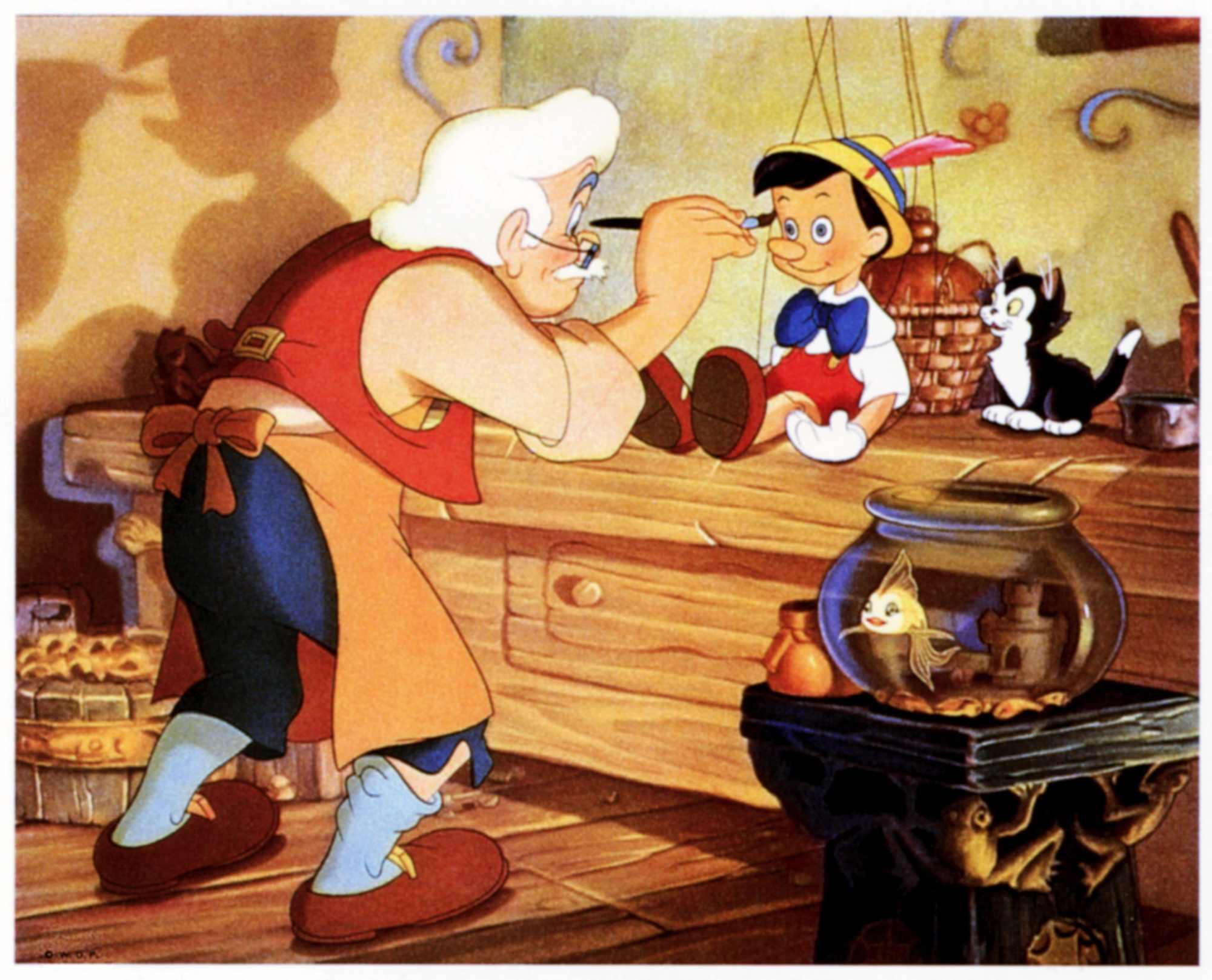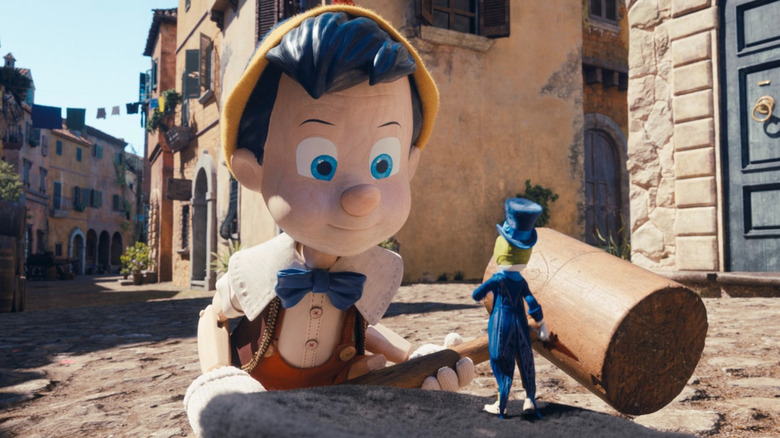
In the annals of cinematic history, 1940 marked a pivotal year for the Walt Disney Company, one that teetered on the precipice of financial ruin and the brink of cinematic glory. The tale of this tumultuous time in the Disney empire’s history is epitomized by the animated classics “Pinocchio” and “Fantasia.”
In the wake of the unprecedented success of “Snow White and the Seven Dwarfs” in 1937, Disney had garnered the trust of financiers and embarked on a creative journey to follow up with more groundbreaking animated features. “Pinocchio,” based on the beloved Italian children’s novel by Carlo Collodi, emerged as one of these ambitious projects. The story of a wooden puppet who longed to become a real boy captured Disney’s imagination and set the stage for what would become an animation masterpiece.
However, the road to success was far from smooth for “Pinocchio.” As it premiered nationwide on February 23, 1940, it faced a challenge that “Snow White and the Seven Dwarfs” hadn’t encountered: it failed to replicate its predecessor’s box office triumph. While critics praised its artistic merits, audiences did not respond as favorably as they had to the earlier Disney classic. The film’s darker and more mature tone, as well as the absence of the word-of-mouth phenomenon that had propelled “Snow White,” contributed to its box office struggles.
“Pinocchio” came at a cost of $2.3 million to produce, a substantial sum for the time. However, it could only muster $1.4 million in box office revenue, resulting in a staggering loss of $900,000—a financial setback equivalent to over $19 million in today’s currency. This setback left Walt Disney’s dreams hanging by a thread.
Yet, “Pinocchio” was not the only ambitious project Disney had in store for 1940. Concurrently, the studio was working on “Fantasia,” a bold and experimental venture that aimed to synchronize classical music with imaginative animation. Each segment of “Fantasia” was directed by different talents, offering viewers an immersive journey through a world of myth, magic, and music. Despite its innovative approach, “Fantasia” received mixed reviews from critics, failing to generate the same buzz that “Pinocchio” and “Snow White and the Seven Dwarfs” had enjoyed.

The financial quagmire deepened with “Fantasia” as production costs spiraled out of control. The film’s budget ballooned to $2.28 million, primarily due to the investment in high-quality sound equipment, pushing the project further into the red. When “Fantasia” hit theaters on November 13, 1940, it did so against the backdrop of World War II, which further complicated its performance. Additionally, the film’s heavy reliance on classical music as a narrative driver made it a challenging sell to some audiences, leading to further financial disappointment.
In retrospect, 1940 was a year of both near catastrophe and enduring triumph for Walt Disney and his studio. “Pinocchio” and “Fantasia” may have initially stumbled at the box office, but they eventually found their places as iconic classics in the Disney pantheon, demonstrating that even in the face of adversity, Disney’s commitment to pushing the boundaries of animation would ultimately pay off in the long run. These films, once deemed failures, stand today as timeless testaments to the magic of Disney storytelling.
We bring out some of the most well-known Disney collection, all of which are available at reasonable costs. Visit our link now if you are interested in the Disney collection


Baloo, Bagheera, King Louie, Mowgli, Pinocchio
